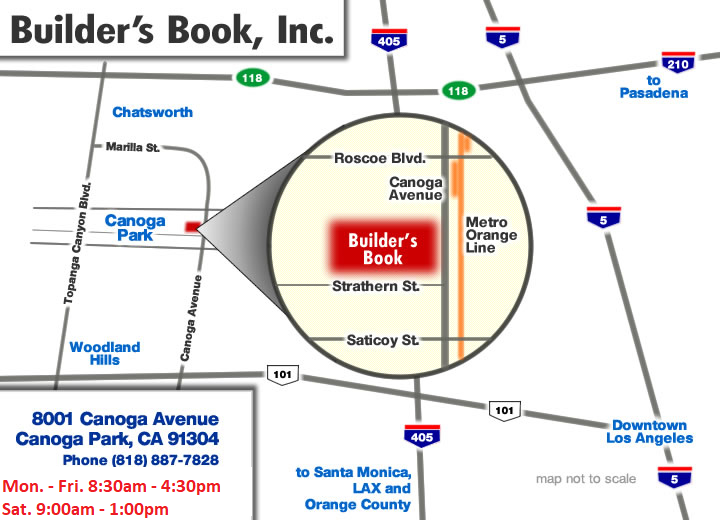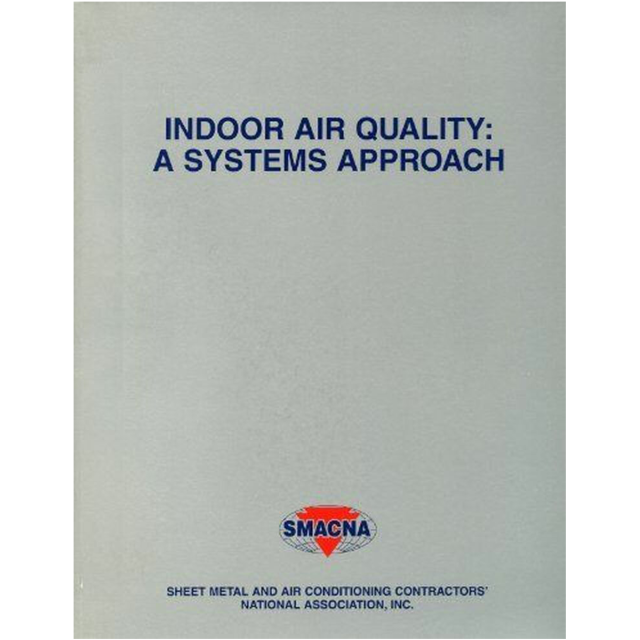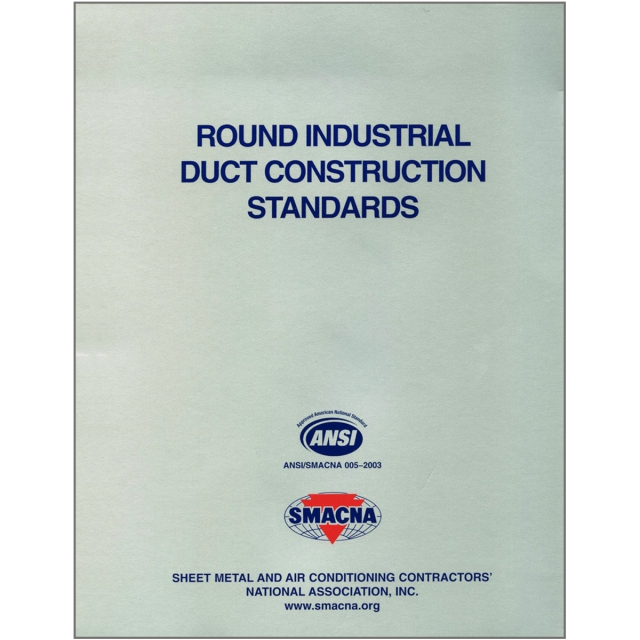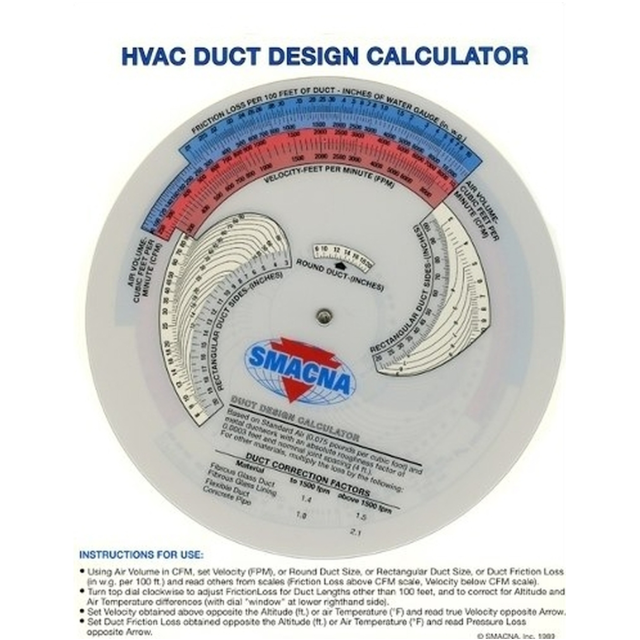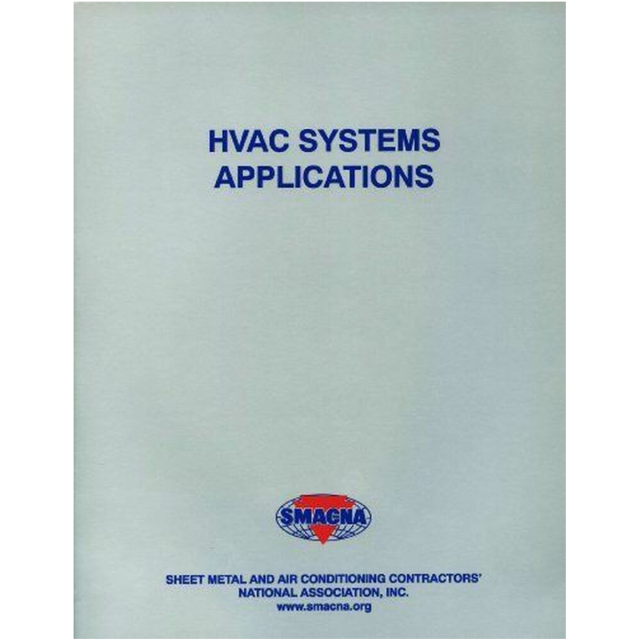SMACNA Building Systems Analysis and Retrofit Manual
The second edition of the Building Systems Analysis and Retrofit manual provides methods to assess the major energy using elements of an existing building—electrical (lighting and motors) and HVAC. It provides a process that begins with a walk-through audit.
Methods discussed include using building systems automation, envelope improvements, and demand control strategies including thermal energy storage.
Contractors interested in new opportunities will find market entry guidance and ideas to assist them in the development of new business strategies that target the renovation of existing buildings. Existing buildings are often located near public transportation and development typically occurs on a building’s existing footprint. These two “green” drivers may combine with basic economic factors to produce a compelling incentive for many prospective building owners to choose renovation of an existing building over the construction of new facilities.
| Price | $124.00 |
|---|---|
| Customer Service | We're Here To Help! Call us anytime during our customer service hours... Monday through Friday - 8:30 am to 4:30 pm (Pacific) Order Questions:
TOLL FREE, 800-273-7375 (Outside the U.S. call 818-887-7828). Our Address: 8001 Canoga Avenue Canoga Park, CA 91304 US Phone: 800-275-2665 E-mail: sales@buildersbook.com
|
| Description | The second edition of the Building Systems Analysis and Retrofit manual provides methods to assess the major energy using elements of an existing building—electrical (lighting and motors) and HVAC. It provides a process that begins with a walk-through audit. Methods discussed include using building systems automation, envelope improvements, and demand control strategies including thermal energy storage. Contractors interested in new opportunities will find market entry guidance and ideas to assist them in the development of new business strategies that target the renovation of existing buildings. Existing buildings are often located near public transportation and development typically occurs on a building’s existing footprint. These two “green” drivers may combine with basic economic factors to produce a compelling incentive for many prospective building owners to choose renovation of an existing building over the construction of new facilities. |


